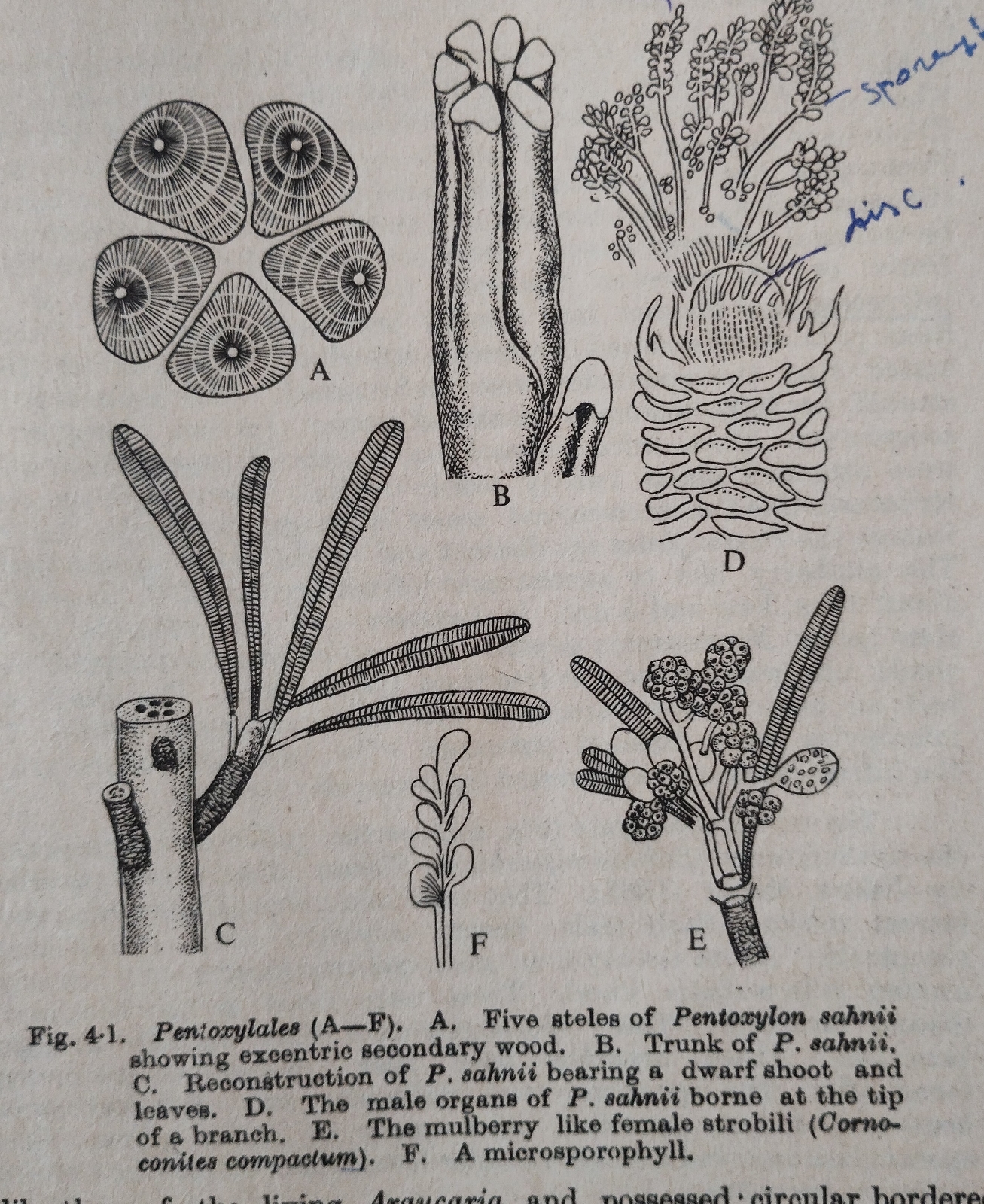Floriculture:Annuals
The division of Ornamental Horticulture
which deals with the all kinds of nursery activities, their arrangement and selling of flowering and ornamental plants is called floriculture.
Annual flowering plants:
The flowering plants having a lifespan of one season i.e. germinate in seedlings & grow ,produce flowers, seeds and die all in one season are termed as annuals .
Types
(1) On the basis of growing time:
(A)Rainy: These withstand rains .
e.g. Balsam, Cock's comb, Amaranthus ,Gaillirdia,etc.
(B)Summer plants: Generally late Feb. and early March is the sowing time . March to April is the transplantation time.
e.g. Zinnia, Kochia, Cosmos, Sunflower, Portulaca, Tithonia, Gaillardia , etc.
(C) Winter plants: September to October is the sowing time and transplantation done in the month of October-November.
e.g.Candytuft, larkspur, Nasturtium,Pansy, Phlox, Petunia,Verbenal,Snapdragon ,etc.
(2) On the basis of market value:
(A) Loose flowers: Flowers harvested without the pedicel or stalk are called as loose flowers.
e.g.Barlaria, Dahlia, Calotropis, Marygold, Rose, Chinarose,etc. These are used to make rangoli, gajra, garland, veni and also to offer in puja and in other religious acts.
(B)Cut flowers: Fresh flowers, floral buds, spikes, or infloresences harvested always along with the floral-stem i.e. peduncles are termed as cut flowers.
e.g. Alpina, Gerbera, Gladiolus, Iris,Orchoid, Anthirium,etc. are termed as cut flowers.
These are used for bouquets and vase arrangents.
Uses of annulas:
(1) Dwarf marigold, Alyssum, Candytuft , etc. are used as edgings in gardens.
(2) Grown in hanging baskets,e.g. Fuchsia, Imatiens,Petunia.
(3) Tail nasturtium, Cobaea scandens,etc are used as clombing annuals in gardens, walls, etc.
(4) Aster, Pholx, Salvia etc. are used in masing in beds.
(5) Sunflowers, Hollyhock etc. are planted in vaccant places.
(6)Harvested as cot and loose flowers.
(7) These are also grown in multistoried appartments to achive splash of color in well-placed pots,tubs, etc.




Comments
Post a Comment